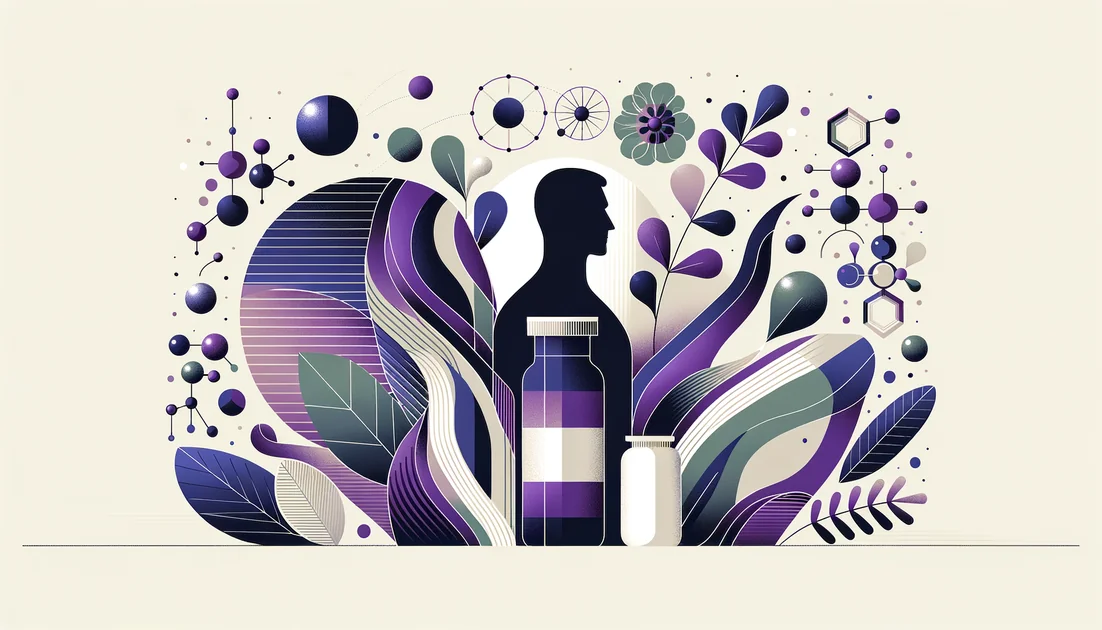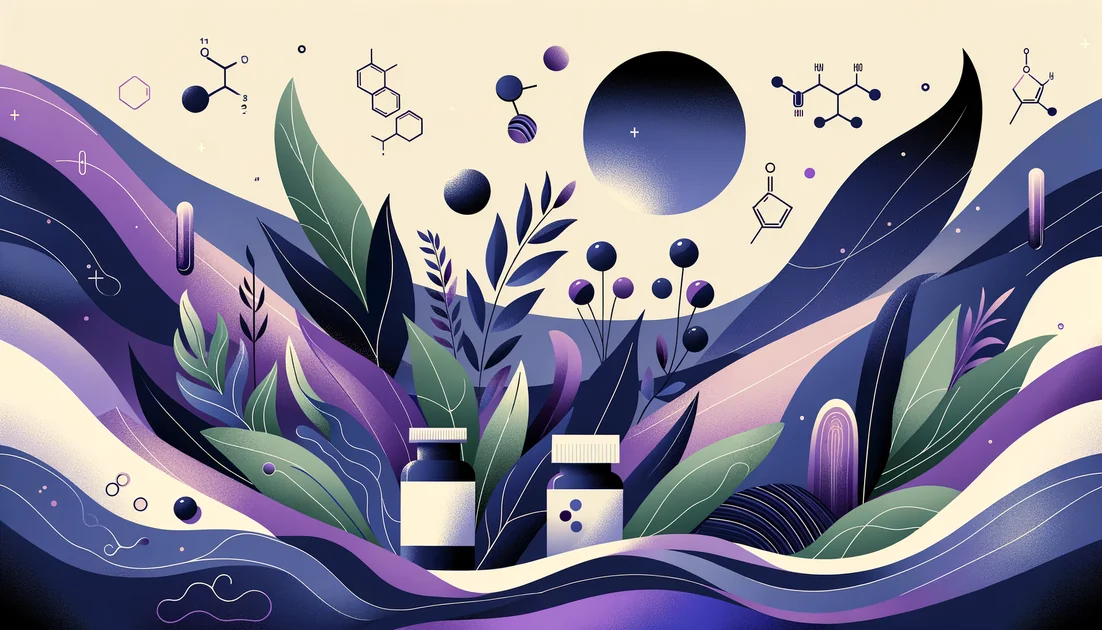
The Y-Shaped Ally: How Bifidobacterium longum Went From Nursery Clue to Whole-Body Candidate
A century ago, a French pediatrician peered into an infant's stool and saw tiny Y-shaped microbes flourishing in breast-fed babies but missing in the sick. He suspected the difference mattered. Today, one of those Y-shaped natives—Bifidobacterium longum—keeps turning up in unexpected places: easing seasonal sniffles, softening stress signals in the brain, and, in some patients, subtracting the daily ache of an irritable gut. What changed between the nursery and now?
- Evidence
- Promising
- Immediate Effect
- No → 4–6 weeks (some allergy protocols 8–12 weeks)
- Wears Off
- Often 1–4 weeks after stopping in adults; persistence longer in breastfed infants with HMO diet.
The first clue: a Y-shaped microbe in milk-fed babies
In 1899–1900, Paris pediatrician Henri Tissier isolated odd, forked bacteria from healthy, breast-fed infants and linked their absence to infant diarrhea. He called them "bifid," for their branched shape. The genus would later be formally named Bifidobacterium, with Bifidobacterium longum among its human-adapted members. Tissier's hunch—that these microbes helped keep babies well—set off a century of detective work. [1]
Milk's secret handshake
Fast forward to 2008, when genome sleuthing revealed why certain bifidobacteria are so at home in early life: B. longum subspecies infantis carries a toolkit of genes that let it feast on human-milk oligosaccharides, complex sugars babies can't digest but their microbes can. Think of milk as passing a signed note to favored gut residents, inviting them to bloom and guard the nursery. [2] UC Davis researchers put it more colorfully: "Mothers are recruiting another life form to babysit their babies." The point wasn't poetry—it was strategy. Feed the right microbes; they, in , defend the gut lining and crowd out troublemakers. [3]
From gut to brain: when bacteria quiet the alarm system
The plot thickened when clinicians asked whether specific B. longum strains could nudge the stress circuitry. In a placebo-controlled trial in people with IBS, six weeks of B. longum NCC3001 reduced depression scores and dampened the brain's response to negative emotional images on fMRI—like turning down a smoke alarm that had been too sensitive. Quality-of-life scores rose, even though core IBS symptoms didn't change in that small pilot. [4] A different strain, B. longum 1714, tested in healthy volunteers, blunted cortisol spikes during a lab stressor and slightly improved a hippocampus-dependent memory task after four weeks—subtle shifts, but consistent with the idea that certain microbes can take the edge off the stress response. Follow-up magnetoencephalography even captured altered neural rhythms during social stress. [5][6] Neuroscientist John Cryan, who helped pioneer the field, put it this way: "We might be able to get tailored treatments for people to manage their own mental health." The promise is individualization, not one-size-fits-all bugs. [16]
The sore-stomach chapter: when strain and dose decide the story
If you've heard of B. longum, it may be because of the 35624 strain (formerly called B. infantis 35624). In a 4-week trial in women with IBS, 1×10^8 CFU/day relieved pain, bloating, and bowel dysfunction versus placebo; oddly, higher and lower doses didn't help, hinting that formulation and dose matter as much as species. [7] A larger U.S. study later found that 35624 improved abdominal discomfort and bloating in non-patients with frequent symptoms. [8] Taxonomy caught up in 2016: genome work reassigned 35624 from subspecies infantis to subspecies longum—same strain, better address—underscoring why labels evolve as science refines who's who. [9]
The immune subplot: a sugar coat with a calming voice
On the immune front, B. longum 35624 wears a distinctive exopolysaccharide—a sugary jacket on its surface—that appears to talk immune cells down from overreaction. Knock out that coat in the lab, and dendritic cells pour out inflammatory signals; restore it, and the storm eases. In mouse colitis, the coated strain protected; the uncoated did not. It's a tidy illustration of why effects are strain-specific: two microbes with the same last name can wear very different uniforms. [10]
Pollen season tests and elders in long-term care
Japan has treated Bifidobacterium as a daily companion for decades. In randomized trials during cedar-pollen season, B. longum BB536 reduced eye and nasal symptoms and cut rescue medication use. In an exposure-chamber study, BB536 also eased ocular scores during controlled pollen challenges. [11] In frail elders, 12 weeks of BB536 helped maintain natural killer (NK) cell activity versus placebo, and a small study reported fewer influenza cases during BB536 use. These are modest signals, but they hint at immune tuning rather than immune "boosting." [12][13]
What matters most: identity, dose, and time
Experts emphasize that probiotic benefits are tied to the exact strain, the dose that was tested, and the outcome measured. "A probiotic is defined by its genus, species and strain designation," notes Mary Ellen Sanders—so look for all three on a label. Clinical recommendations should link a specific strain and dose to a specific benefit. [14] Safety for the generally healthy is well supported, but live microbes can pose risks to people who are severely immunocompromised or have central lines; rare bloodstream infections have been reported in such settings. If that's you, ask a clinician first. [15]
How people put B. longum to work
For stress and mood edges: human trials with 1714 ran four weeks; NCC3001 ran six weeks. Expect any effects to build over weeks, not hours. [5][4]
For IBS-type discomfort: trials with 35624 often used one capsule daily for 4–8 weeks; some real-world cohorts extended to 12 weeks for greater gains. Results vary and are dose- and product-specific. [7][8]
For seasonal allergies: BB536 trials spanned 13–14 weeks through pollen season or four weeks before controlled exposure. [11]
Probiotics don't usually set up permanent residence in adults; benefits can fade after you stop. In infants, especially those fed human milk, certain B. longum subspecies can persist longer—a reminder that context (diet, age) shapes colonization. [15][17]
Where the trail leads next
Three threads stand out. First, precision: genome-level IDs (like the 35624 reclassification) will keep sharpening labels—and expectations. [9] Second, mechanisms: that exopolysaccharide "coat" shows how surface chemistry can change immune conversations, opening doors to postbiotic by-products with defined actions. [10] Third, mind–gut links: early trials suggest some B. longum strains can soften stress signatures and shift brain activity, but meta-analyses across many probiotic strains show mixed mood effects. The field is moving from "probiotics work" to "this strain, in this dose, for this person, for this goal." [5][6][4][^9_0] And we shouldn't forget the original nursery clue. Human milk seems to script the infant gut by feeding bifidobacteria first. The adult version of that script may be simpler: choose the right Y-shaped ally, give it time, and let it do quiet work—cooling alarms, easing edges, and, sometimes, changing the day.
Key takeaways
- •Identity matters: specific B. longum strains drive different effects—from gut comfort to mood and immune calm—so buy by strain name, not just species.
- •Historical to modern link: infant-adapted genetics (milk-sugar use in subsp. infantis) explain early-life dominance and set the stage for later benefits.
- •Practical dosing: human trials commonly use 1×10^8–10^10 CFU/day for 4–12 weeks; match dose/strain to the studied outcome and be consistent.
- •Timing: take once daily, ideally with food; benefits tend to accrue over weeks rather than days.
- •Who may benefit: IBS-type discomfort (35624), gentler stress edges (1714 or NCC3001), and seasonal pollen symptoms (BB536) when taken through the trial window.
- •Safety first: if severely immunocompromised or with central lines, valvular disease, or recent major GI surgery, use only under medical supervision.
You might also like
Explore more of our evidence-led investigations, comparisons, and guides across every article style.

Nutricost
Nutricost's Value Paradox: Strong Prices on Basics, Uneven Transparency on Testing

Theobromine vs TeaCrine (theacrine)
For smooth, long-lasting, low-stimulation energy, choose TeaCrine 100–200 mg in the morning; it shows sustained subjective energy without HR/BP spikes. Pick theobromine only if you want the mildest CNS effect and lowest "buzz," but expect little measurable energizing benefit. [1][2][7]

Best for hormone balance (perimenopause & menopause)
ERr 731 (rhubarb extract) — 4 mg daily — fast VMS relief [9]

L-Arginine
In 1998, three scientists walked onstage in Stockholm to celebrate a discovery that sounded like science fiction: a fleeting gas our bodies make—nitric oxide—signals blood vessels to relax. The surprise wasn't just the gas; it was the fuel behind it: a humble amino acid called L-arginine, hiding in your almonds and lentils, waiting to be turned into better blood flow.[1]


Tocotrienols
The stealthier cousins of vitamin E—built with springy tails that move differently in cell membranes and behave differently in your body.


